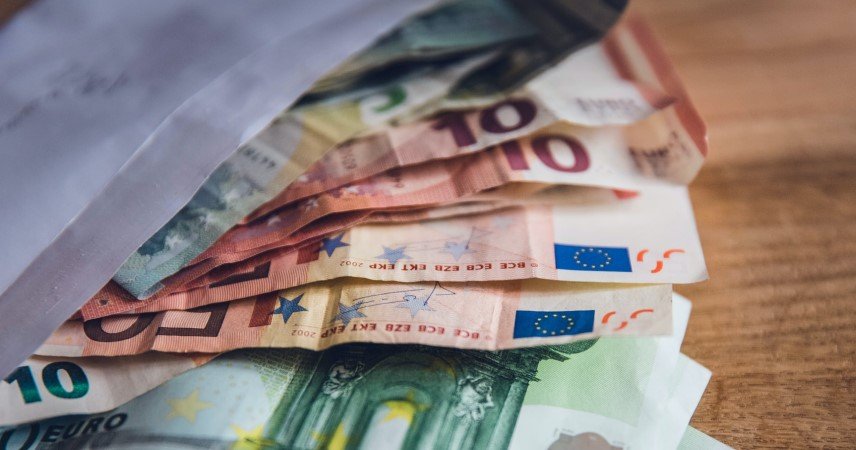The eurozone economy grew by 0.6 percent in the second quarter compared to the previous three months, European statistics agency Eurostat reports in a new estimate. That is a slightly lower growth figure than with an initial calculation.
However, the pace was higher than in the year’s first three months.
In the first quarter, the eurozone’s gross domestic product (GDP) rose by 0.5 percent. In countries that are heavily dependent on tourism, such as Italy and Spain, the end of almost all corona restrictions led to a strong economic recovery in the spring months.
On the other hand, the GDP of the economic superpower Germany neither increased nor decreased. Shortages of parts in the industry and high gas prices play a role here.
Earlier in the day, it was announced that the Dutch economy grew at a surprisingly high pace in April, May, and June. In addition, the Dutch again spent more on restaurants, cafes, and cultural trips after the disappearance of lockdown measures. Partly as a result of this, GDP rose by 2.6 percent, which is the highest growth of all figures currently available at Eurostat.
Across the European Union, the economy also grew by 0.6 percent compared to the first quarter. The country bloc thus maintained the same growth rate as in the first three months of 2022.



